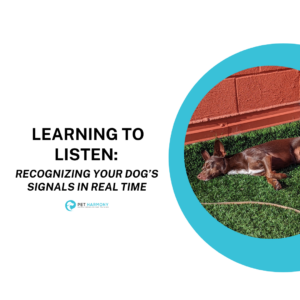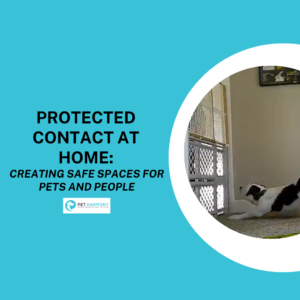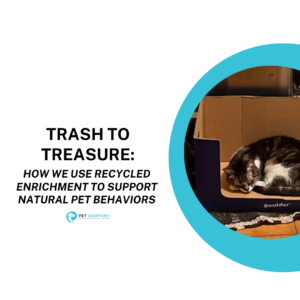
Is Your Safe Space Actually Safe?
Zorro the red eared slider’s former tank in front of the window. When we first adopted Oso, we knew we were bringing home a dog

Zorro the red eared slider’s former tank in front of the window. When we first adopted Oso, we knew we were bringing home a dog

Cats, like other sentient beings, can get anxious and/or overwhelmed by their environment and the other beings in it from time to time. And like

“Wait, You Want Me to What?” “How do you feel about the idea of muzzle training?” This is a question I ask my clients a

It was a lovely, warm sunny day and I couldn’t wait to get my girl, Olivia, outside for a walk! She’s a big fan of

Content warning: This blog includes brief discussions of aggressive behavior toward humans. When I was a young intern during my undergrad years, my cubicle

It’s a beautiful spring day and I’m sitting at the Firefly Coffee House finishing my house-made bagel with peach spice cream cheese schmear (yes, it

$35 off a
4-session bundle
$65 off an
8-session bundle
Use code DOGDAYS2025 at checkout
